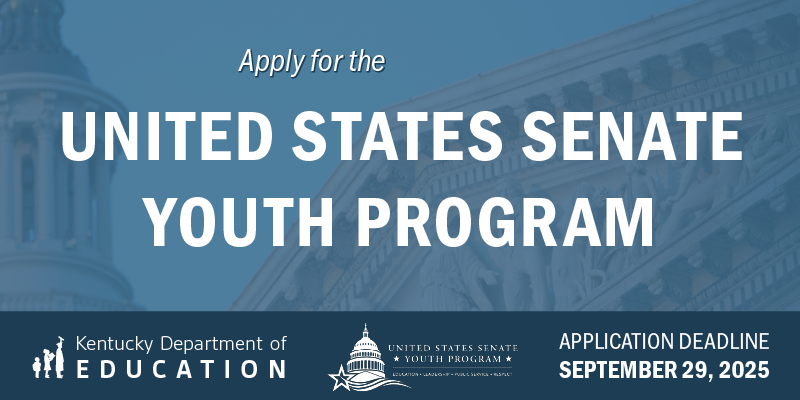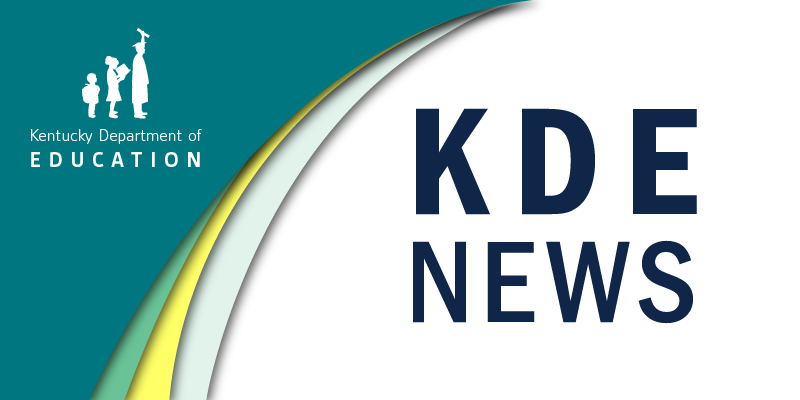- Lewis addresses confusion regarding how low-performing schools are identified.
- Superintendent questions charter school authorization training requirement for local boards of education.
By Mike Marsee
mike.marsee@education.ky.gov
Kentucky Education Commissioner Wayne Lewis sought to clear up some confusion about the way low-performing schools are identified in a discussion with a group of superintendents.
Lewis told the Local Superintendents Advisory Council (LSAC) at its meeting Jan. 29 that the Kentucky Department of Education (KDE) is following state and federal law in identifying Comprehensive Support and Improvement (CSI) and Targeted Support and Improvement (TSI) schools.
He said he has been told by legislators that some superintendents don’t understand where those designations are coming from and why there are more schools classified as needing improvement than in previous years when the designations were introduced last fall.
“A lot of superintendents have the idea that CSI and TSI come from something we set at the department level or the board level, and it does not,” Lewis said. “There’s just a whole lot of misunderstanding.”
Lewis said Senate Bill 1 (2017) used language directly from the federal Every Student Succeeds Act (ESSA) to identify CSI schools, which are schools in the bottom 5 percent of schools at their level or high schools with a graduation rate of 80 percent or less. Beginning in the 2021-2022 school year, schools will be labeled as CSI if they have been labeled as a Tier II TSI school for at least three years without exiting that status.
CSI schools are required to attempt to make improvements and will receive support and resources from KDE to do so. Lewis noted that there were 51 CSI schools based on 2017-2018 data, compared to about 24 Priority schools under the measures previously used. Lewis said that number won’t move much in future years because ESSA requires the identification of the lowest-performing 5 percent of schools every year.
“Regardless of what the accountability system looks like, we’ll have the same number of CSI schools in Kentucky,” he said.
Another 418 schools – about 34 percent of all schools in Kentucky – were designated as TSI schools, meaning they have at least one student group performing in the bottom 5 percent statewide. Those schools must attempt targeted improvements to close achievement gaps in those student groups.
“Federal law gives only slightly more leeway in how TSI is defined, and the Kentucky definition for TSI is in the state statute,” Lewis said.
Questions Charter School Authorization Training
Lewis also was asked by one of the council members, Lyon County Superintendent Russ Tilford, whether the 12-hour training requirement on charter school authorization for members of local boards of education could be reduced or waived.
The commissioner reiterated that a regulation requires that all board members must receive the training, as he told the Charter Schools Advisory Council last week, but he said he would consider supporting a reduction in the number of hours.
“I can’t reasonably see a waiver of the requirement for training when tomorrow, if your board gets an application, they are responsible for acting on that application,” Lewis said. “I’d absolutely consider lowering the 12-hour requirement, but there has to be required training specific to charter schools. There’s nothing more important to the success of charter schools than having great authorizers.”
Lewis said he would consider reducing the required number of hours to six to eight. He said the Charter Schools Advisory Council could take that up when it considers other changes to regulations at its next meeting, which is expected to be in April.
Other Business
LSAC recommended revisions to four regulations that will have a second reading before the Kentucky Board of Education at its Feb. 6 meeting. Two of the revisions change language in the Kentucky Academic Standards, one changes language pertaining to school health services and one repeals the regulation establishing the Ride to the Center for the Arts Program Fund, which would match funds local school districts use on the cost of transportation for student visits to the Kentucky Center for the Arts but has been unfunded since its creation in 1990.




Leave A Comment